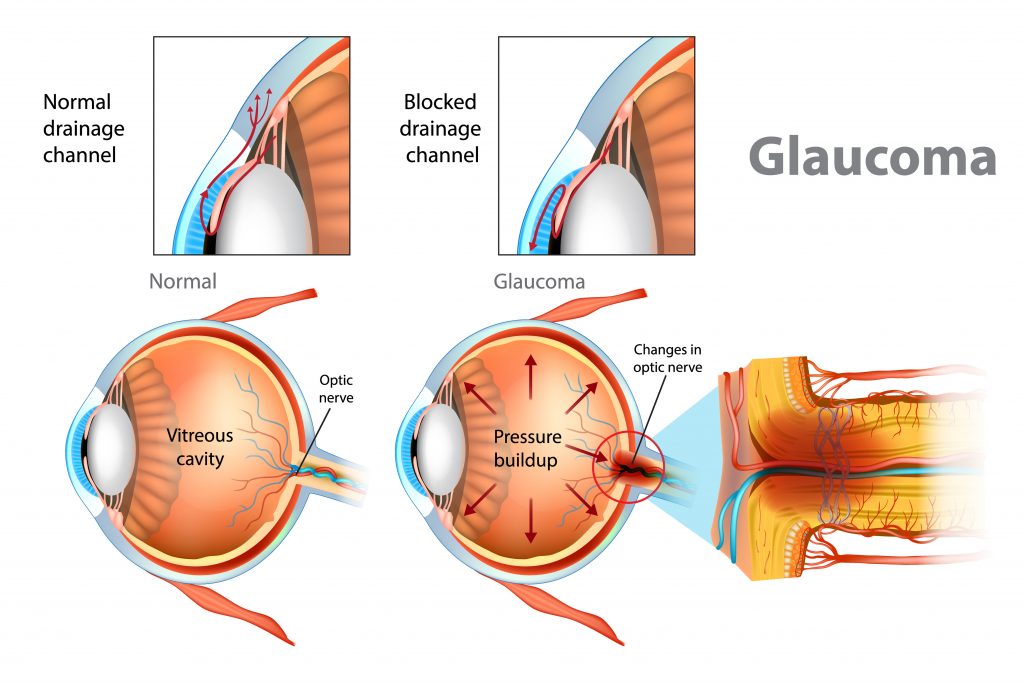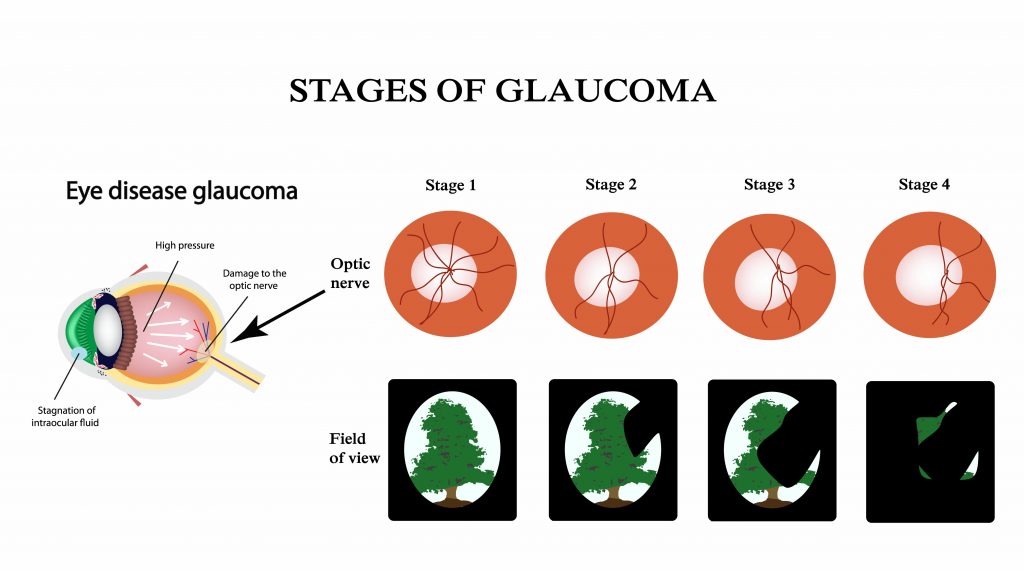Glaucoma is one of the biggest risks to eye health. It is a silent disease which does not manifest itself until the later stages when it is much more difficult to treat.
The Queensland Eye Institute (QEI) is one of Queensland’s leading centres for eye health providing specialist clinical care and treatment to more than 16,000 patients every year. Glaucoma, which can cause loss of peripheral and blurred vision is one of the eye conditions that is treated at QEI. According to World Glaucoma Association around 80 million people worldwide have glaucoma with about 50% of those unaware that they have the disease as it is asymptomatic in its early stages. With progressive damage however, the field loss becomes more extensive and will affect the central vision, leading to irreversible blindness if left untreated.
Following World Glaucoma Week, a global initiative of the World Glaucoma Association, which focuses on raising awareness on glaucoma, Ruth in our Digital Communications team spoke with one of QEI’s Ophthalmologists, Dr Geoffrey Ryan about the importance of early detection as well as the advances in treatment.
After completing his Ophthalmology training in Queensland, Dr Ryan spent two years in England where he completed sub-speciality training at Moorfields Eye Hospital, London, in the field of Glaucoma. This additional training has allowed him to establish a tertiary level of glaucoma care at the Queensland Eye Institute.
Over the last three years Dr Ryan has seen an exponential increase in treatment options for patients suffering from glaucoma. This allows for a more tailored approach for the individual. It also provides different avenues for the doctor when a patient does not respond to the initial treatment.
Mild to moderate glaucoma
Glaucoma is an asymptomatic condition meaning a patient will not know they have the disease. By the time they do start to become aware of visual issues related to this disease, it has already advanced. Therefore screening with the local optometrist is imperative and for glaucoma this includes:
- Checking your eye pressure as glaucoma will often present with elevated pressure.
- A visual field – a computerised test which maps out the extent of your central and peripheral vision. The computer will compare your results to values which we would expect someone of your age to produce.
- Imaging of the optic nerve to localise any damage.
The most common treatment
Selective Laser Trabeculoplasty (SLT) is commonly my first line treatment with a newly diagnosed patient. It has similar efficacy to an eye drop without the burden of taking a medication every day. The first thing I explain to my patients is that the laser is a low energy treatment that improves the efficiency of the eye’s natural drainage pathway. The advantages of SLT include:
- Performed in the clinic with virtually no recovery time required.
- Minimal side effects or discomfort are associated with the procedure.
The laser can also be used in patients already on eye drops to further lower pressure or attempt to remove the need for drops.
More options for treatment
There has never been a more exciting time regarding the advancements we have made in relation to glaucoma diagnosis and treatment. Imaging technology has evolved to a level where we can now diagnose glaucoma at its earliest stages. The earlier a problem is detected; the sooner treatment can be initiated.
We are no longer reliant on just eye drops to treat glaucoma. Laser treatment and the surgical placement of microscopic implants have significantly increased our options.
Effects of the COVID pandemic
The biggest challenge during the COVID pandemic is ensuring adequate follow up for patients. Glaucoma requires lifelong monitoring and unfortunately COVID has restricted some patients attending their regular appointment. I believe it is too early to predict the long-term impact, although I suspect treatments may escalate for many of these patients who have lacked adequate care.
Glaucoma in all age groups
Glaucoma is present in all age groups and for this reason the community optometrist plays a vital role in screening. Advancements in this area leads to earlier detection of glaucoma. As screening evolves, we will no doubt detect more disease. I still feel my clinic is predominantly an older population. The risk of glaucoma increases with age.
Post treatment and managing glaucoma
The key to managing glaucoma is regular monitoring. We will set a target eye pressure individualised to the patient. The target is then altered, based on the patients’ results. During the monitoring process, if there is a reduction in the visual field or we detect further damage to the optic nerve, we will then lower the target pressure. Lowering this value will often result in an alteration of treatment.
For more information about glaucoma head to glaucoma.org.au.


